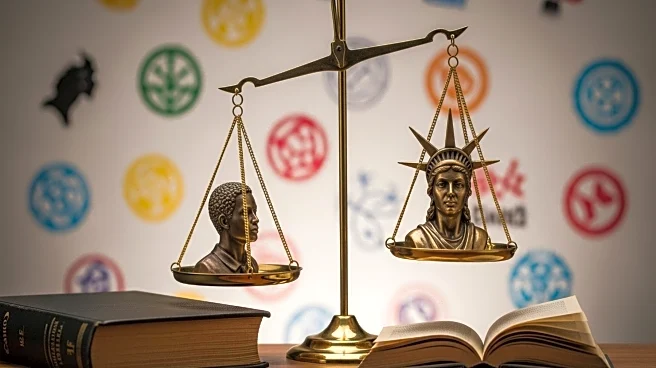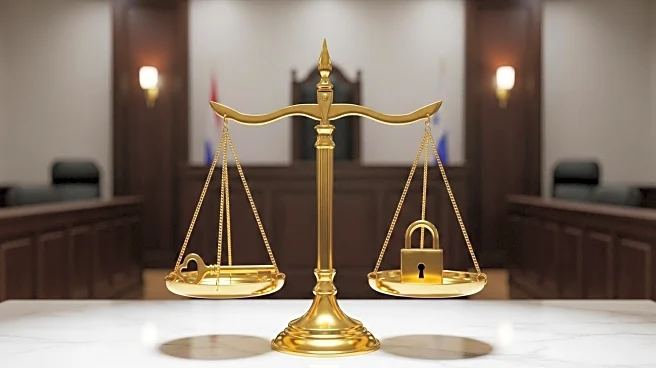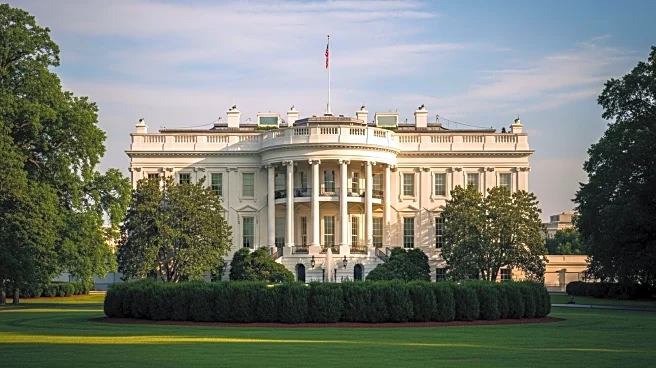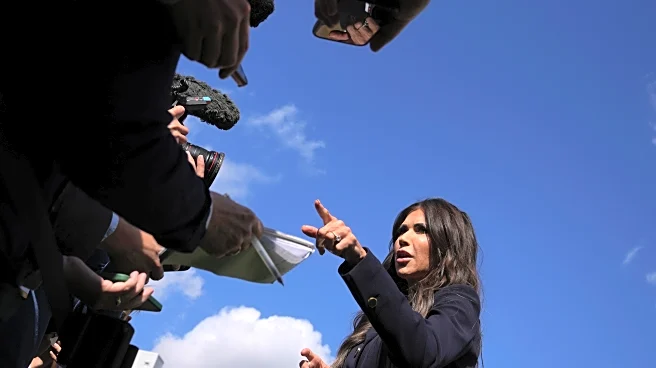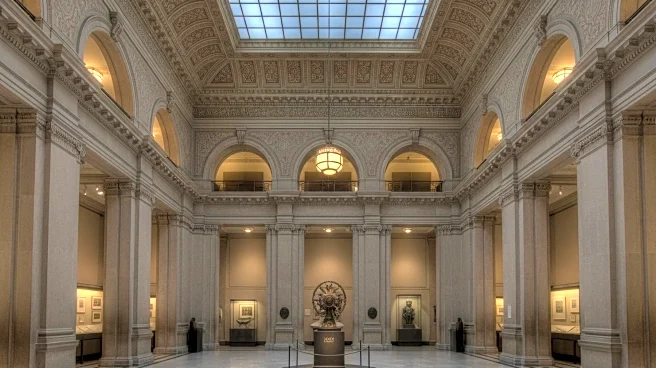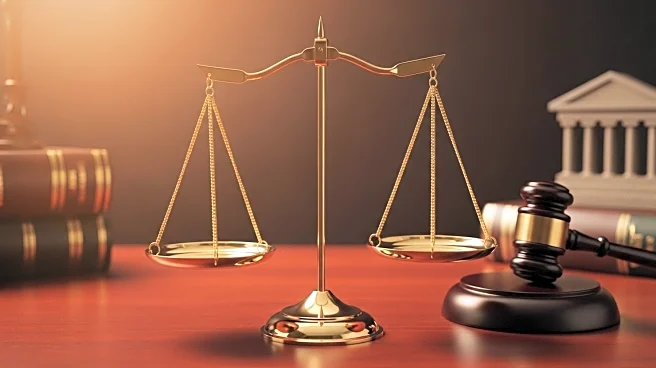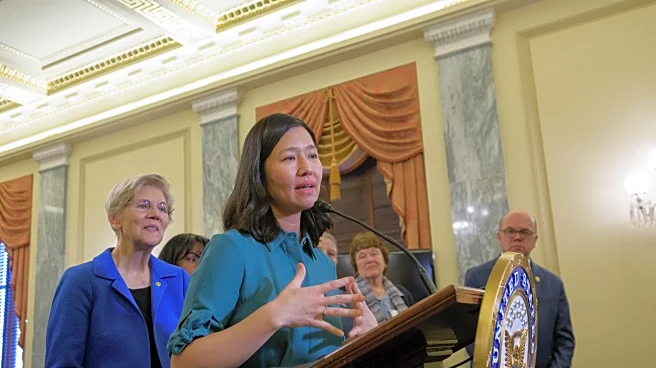What is the story about?
What's Happening?
An environmental advocacy group has raised concerns over the Trump administration's initiative to review historical signage at federally funded parks, museums, and interpretive sites. The initiative, directed by President Trump through an executive order titled 'Restoring Truth and Sanity to American History,' mandates the Interior Secretary Doug Burgum to ensure that monuments, memorials, statues, and markers do not contain content that disparages Americans. The federal government has printed signs with QR codes to gather public feedback on negative signage. Documents obtained by the Sierra Club reveal public opposition to this inquiry, with comments from visitors at various sites expressing a desire to keep American history honest and informative. The Bureau of Land Management (BLM) staff reportedly did not identify any signs needing review, contrary to the executive order's requirements.
Why It's Important?
This initiative by the Trump administration has sparked debate over how American history is presented in public spaces. The opposition from visitors and advocacy groups highlights a broader concern about historical revisionism and the potential erasure of uncomfortable truths. The effort to sanitize historical narratives could impact educational content and public understanding of America's past, affecting how future generations perceive historical events. The Sierra Club's findings suggest that the public values comprehensive and honest historical representation, which could influence policy decisions regarding historical preservation and education.
What's Next?
The ongoing review process may lead to changes in how historical information is presented at national sites. Stakeholders, including advocacy groups and historians, are likely to continue voicing their opinions on the matter. The National Park Service's identification of signs for review, including those related to slavery and Native American history, indicates potential areas of contention. The administration's next steps will likely involve addressing public feedback and determining which signs, if any, require modification or removal.
Beyond the Headlines
The controversy surrounding this initiative raises ethical questions about historical accuracy and the role of government in shaping public narratives. It underscores the tension between preserving historical integrity and promoting national pride. The debate may also influence broader cultural discussions about how societies confront and learn from their past, potentially affecting educational curricula and public discourse.
AI Generated Content
Do you find this article useful?


